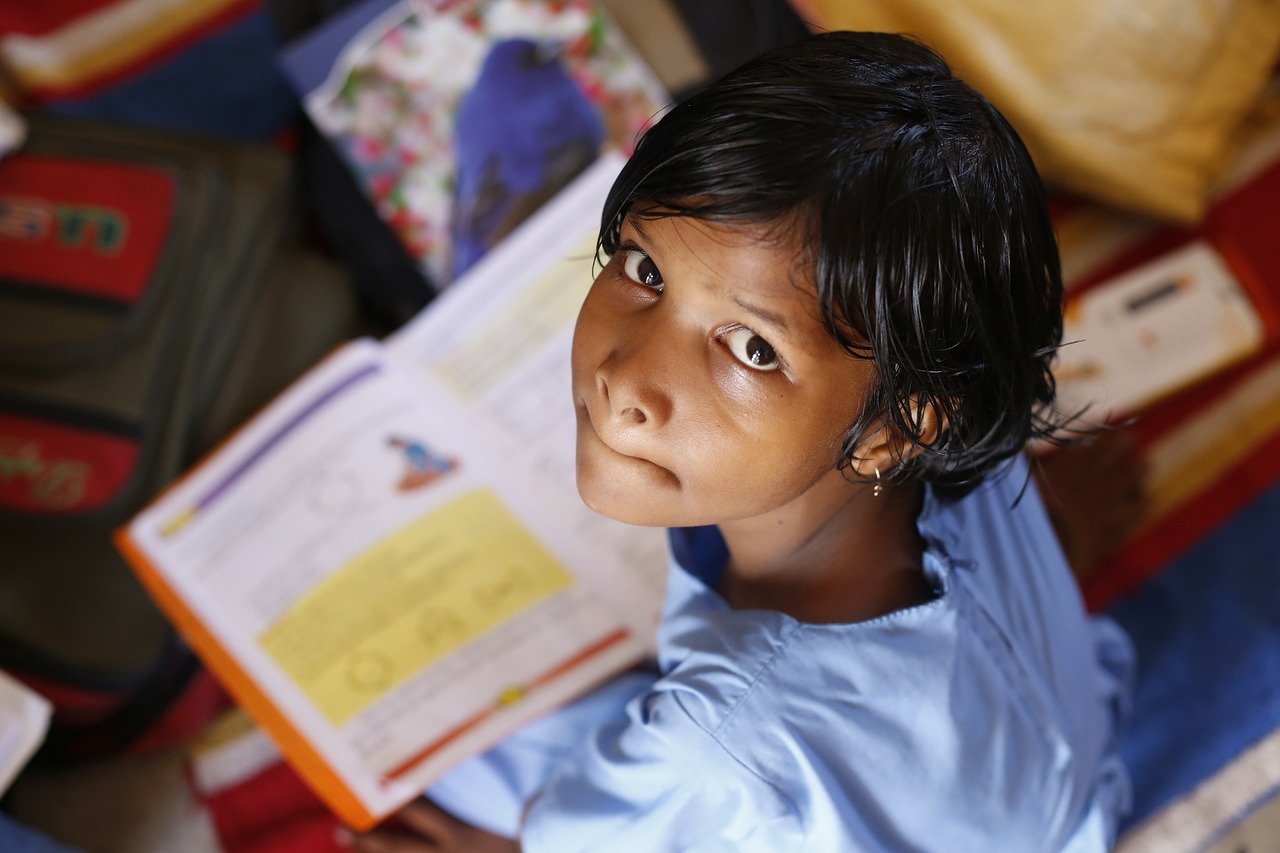
By Ms Vera Kubenz, Research Fellow, Department of Education and Social Justice, University of Birmingham.
“As schools reopen across the globe, there is concern that many disabled children will stay out of school permanently. Parents may continue to keep at-risk children at home out of fear of contracting COVID-19.”
Disabled children in the Global South have largely been excluded from education even before COVID-19. Now, the pandemic risks exacerbating exclusion by setting back efforts to remove barriers and stigma which prevent disabled children from attending school.
School closures
UNICEF estimate that globally around half of disabled children were not in school prior to the COVID-19 pandemic. In some countries, less than 1% of disabled children are attending primary school. School closures during the pandemic affected at least 1.5 billion children in 188 countries. These closures are likely to widen existing equality issues, with disabled, poor, and female children the hardest hit. Schools are not just a place for learning, but also serve as a safe space from abuse. For many children, schools may be the only place they have access to nutritious food, medical check-ups, and clean washing facilities.
Remote learning
Home learning has brought many additional challenges for disabled children and their families including parents having the right knowledge and skills to support their children, who are often first-generation learners. In an example from Nepal, deaf children learning formal sign language in a boarding school could not communicate with their parents who did not know any sign language themselves.
Two of the other main barriers of remote learning include access to technology and accessibility of technology. Access to technology is a particular issue for rural families and those in poverty, who cannot afford internet access. Big families may not have enough devices for all children, and both disabled children and girls are most likely to miss out if parents have to prioritise.
Many remote learning platforms lack basic accessibility features, such as captions. Television or radio broadcasts in one language exclude speakers of minority languages, and particularly users of sign languages, which are not officially recognised in many countries. Teachers may lack training on teaching disabled children remotely and making sure learning materials are accessible. Engaging with online lessons can also be harder for some disabled children, as lip-reading is difficult on a small screen, and screen use can lead to overstimulation for those with sensory impairments.
Return to school
As schools reopen across the globe, there is concern that many disabled children will stay out of school permanently. Parents may continue to keep at-risk children at home out of fear of contracting COVID-19. Girls are at higher risk of teen pregnancies or taking on caring roles, whereas boys may be pressured to find work rather than continue their education. Safety measures such as social distancing in classrooms may leave school buildings inaccessible. International guidance recommends that schools provide additional support to address the widening attainment gap between disabled and non-disabled children. However, already under-resourced and underfunded schools will struggle to provide extra resources to counter the significant damage done by the pandemic.
The evidence suggests that the unequal effect of global school closures has severely impacted development goals to ensure equal access to education for all. Disability is often an afterthought in government and international planning, but it is crucial that global recovery measures centre the needs of disabled people, and disabled children particularly, to ensure we move to a fairer world for all.
This blog is based on a literature review by the AHRC-funded “GCRF Network+ Disability Under Siege” project on the impact of COVID-19 on disabled people in the Global South. This will inform an analytical framework for the UN Partnership for the Rights of Persons with Disabilities for a disability-inclusive recovery from COVID-19. The full literature review covers Health, Education, Employment, and Community, and will be available on the Disability under Siege website from mid-February
On the 10th February, the Disability Under Siege network will be holding an event where they will present key findings from their reviews of literature and practice related to disability in Jordan, Lebanon and Occupied Palestinian Territories. Find out more and register.
- Find out more about Ms Vera Kubenz
- Find out more about The Department Education and Social Justice
- Back to Social Sciences Birmingham
